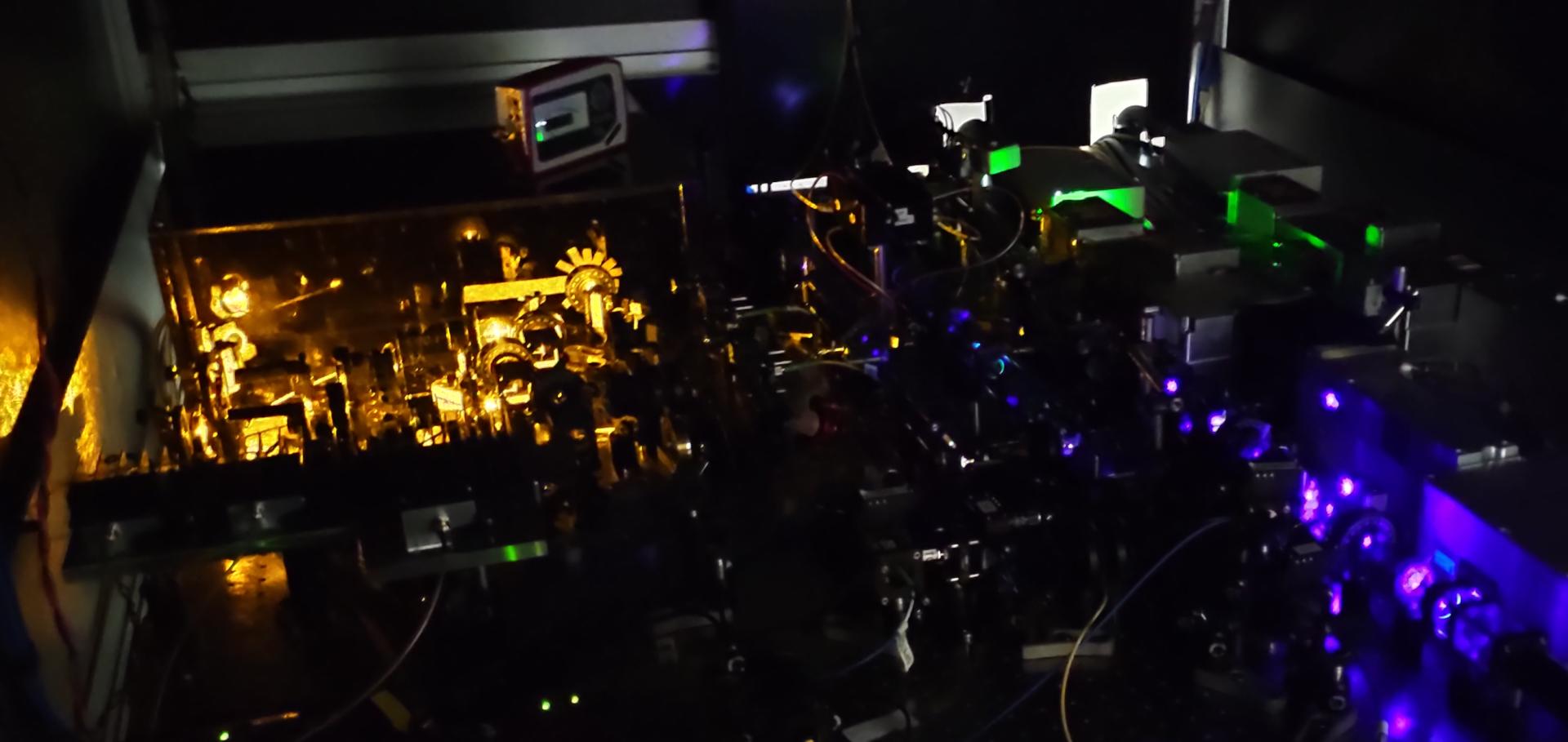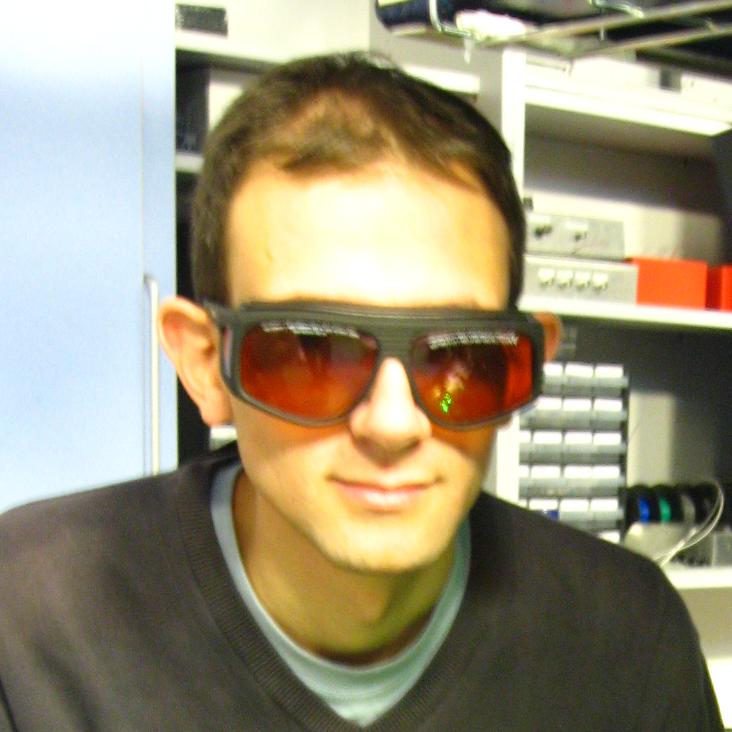Interaction shift of the Bose-Einstein condensation temperature in a dipolar gas
Physical Review A American Physical Society (APS) 111:5 (2025) l051303
Shift of the Bose-Einstein condensation temperature due to dipolar interactions
(2025)
Data associated with the publication 'Interaction shift of the Bose-Einstein condensation temperature in a dipolar gas'
University of Oxford (2025)
Abstract:
Experimental data for this publication.Interacting Bose-condensed gases
Chapter in Encyclopedia of Condensed Matter Physics, (2024) V3:124-V3:134
Abstract:
We provide an overview of the effects of interactions in Bose-condensed gases. We focus on phenomena that have been explored in ultracold atom experiments, covering both tuneable contact interactions and dipolar interactions. Our discussion includes: modifications to the ground state and excitation spectrum, critical behavior near the Bose-Einstein condensation temperature, the unitary regime where the interactions are as strong as allowed by quantum mechanics, quantum droplets in mixtures, and supersolids in dipolar gases.Interacting Bose-condensed gases
Chapter in Encyclopedia of Condensed Matter Physics, Elsevier (2024) 124-134


